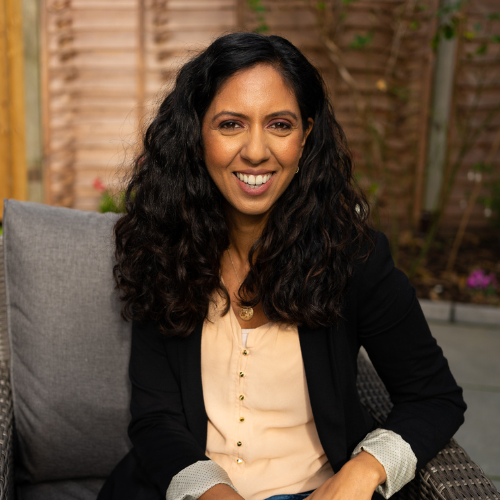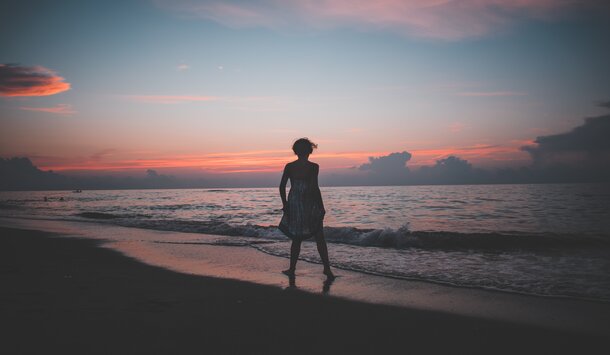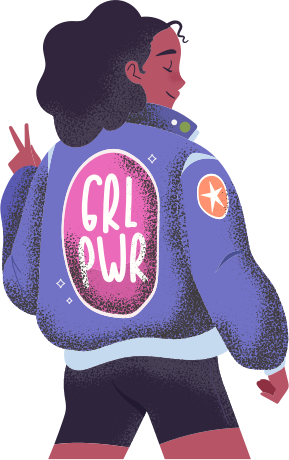Representation in media is an ever-evolving and nuanced topic. As the world has progressed, growing less homogenised and more multicultural, we have seen more diversity on our screens. But what does this mean for Women of Colour (WoC)?
As diversity and cultural inclusion have progressed, we have seen more WoC than ever before on our screens, witnessing a shift in the media landscape. In some ways, the media has begun reflecting the current cultural landscape.
With the world becoming more diverse, it is crucial that the media portrays reality in its depictions and provides real equal representation.
However, when it comes to WoC in the media, too often, we are inundated with outdated stereotypes and tokenism. With WoC reduced to flat, one-dimensional caricatures of what white people think WoC are, a shift in media representation has been a long time coming.
This is not to say that there has not already been change and progress made. Positive representation has been seen over the years, and strides continue to be made.
Now more than ever, we see that WoC are not only cast in roles but play a huge part in consulting, writing, directing and leading series and films. Breaking away from the narrative that whiteness is the default, the centring of WoC in media challenges outdated racial and gendered binaries and creates healthy and positive narratives for WoC. We can see examples of such in shows like Insecure, created by and starring Issa Rae, Ugly Betty by Salma Hayek starring America Ferrera, Never Have I Ever by Mindy Kaling, I May Destroy You by Michaela Coel, and even looking back to Gurinder Chadha’s 2000s trailblazer, Bend it Like Beckham.
In these cultural phenomenons, we see WoC living as complex, multi-faceted authentic characters that advocate for themselves.
Across these iconic shows and films, we see WoC, who are unapologetically themselves. And importantly, we see a WoC as the main character. We see them as the centre of the show and not sidelined, as a one-dimensional character that acts as a co-signing sidekick to a white woman.
Through these representations, we have seen a transformation.
We are able to see WoC as main characters that other WoC watching can align with and see themselves as. Moreover, we can see the transformation that has taken place behind cameras.
It is evident when WoC are leading the charge behind the scenes. There is more authenticity, truth and a greater sense of comfort in what we are watching. We feel included and importantly understood.
In moving away from centring white people’s interpretations of WoC in the media, significant progress has occurred regarding representation. As well as in the stories we see but also the comfort we feel watching them. We no longer feel like the butt of the joke, exhausted by white saviour narratives or cringed out by dangerous and outdated stereotypes and tokenism.
The progression in the media landscape, both behind and in front of the camera, is an important transformation. This growth in inclusivity is powerful in what it does for WoC, providing equal representation, portraying role models and conveying a reality that WoC can align with and see themselves as. The move towards greater inclusivity and diversity can also translate to other industries, including publishing and other media forms, which means that WoC and girls of colour will be able to see and consume media that speaks to and for them.
This change and progression is so welcome. And, here at GirlDreamer, to be completely honest, we want more.
While there has been a positive shift over the years and significant growth if we are realistic, this increase has not been exponential and in line with the current cultural climate. While there has been growth and progress in the representation of WoC in the media, it is not enough. The increase in representation that we are measuring starts from no representation to a small amount of inclusive, equal representation. The crumbs of representation we are given do not even make a dent in comparison to the number of tv series and films that still centre, amplify and celebrate white narratives and history.
For so long, because the representation we had as WoC was non-existent or egregious in its story, we lap up the very minimum amount that we recieve.
But as we should. Why would we not celebrate our stories and seeing ourselves on big screens?
However, there is still so much work to do. This pattern of growth in inclusivity and diversity across the media landscape must continue and grow exponentially. Negative examples of stereotypes and tokenism can still be easily found in the media regarding WoC, which must be eliminated. There is still a lack of representation found in larger sitcoms and series’ with many still centring whiteness and playing into tokenism and stereotypes in regards to WoC. Moreover, there remain outrageous barriers for WoC to enter the media landscape behind the camera and build in their career.
We must advocate for meaningful and effective change. We should support and watch WoC-led and created shows and films. We should challenge series and films that centre whiteness as the default and include WoC as ‘token’ characters. It is important to demand that people who look like us are represented as complex characters that play fulfilling roles.
The barriers and challenges to representation and inclusivity must be eliminated, and we must amplify and share stories created and led by WoC to increase interest and support.




